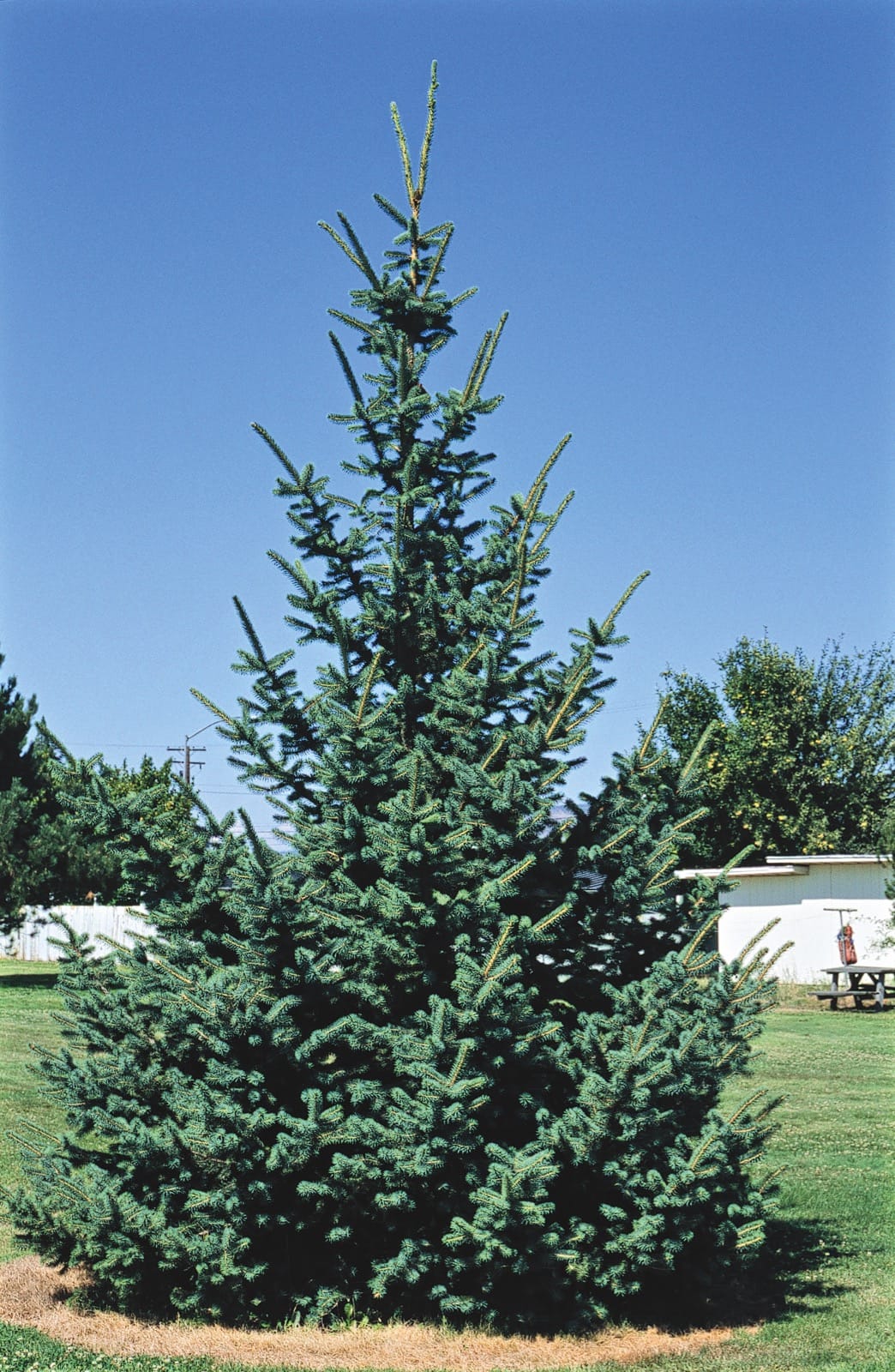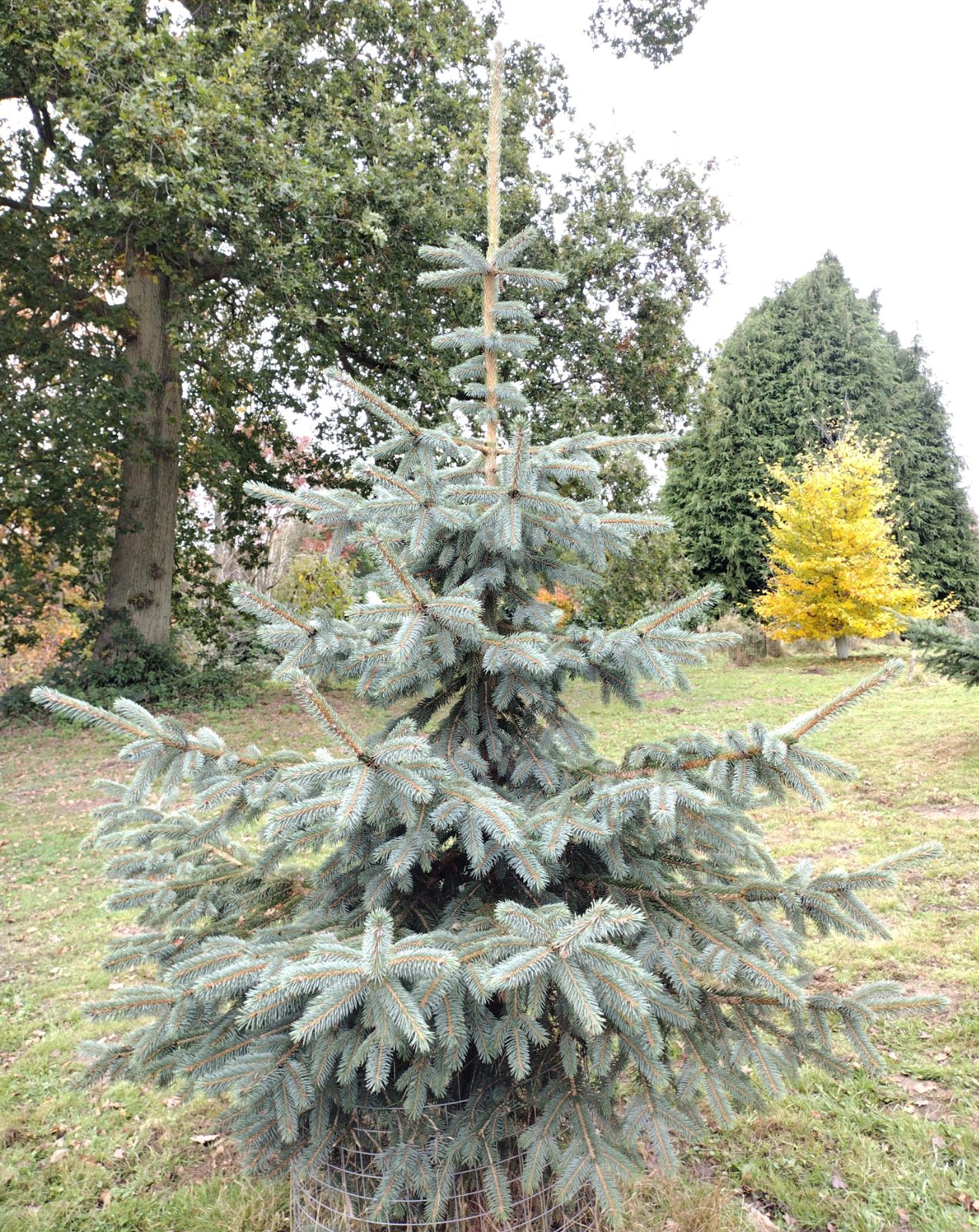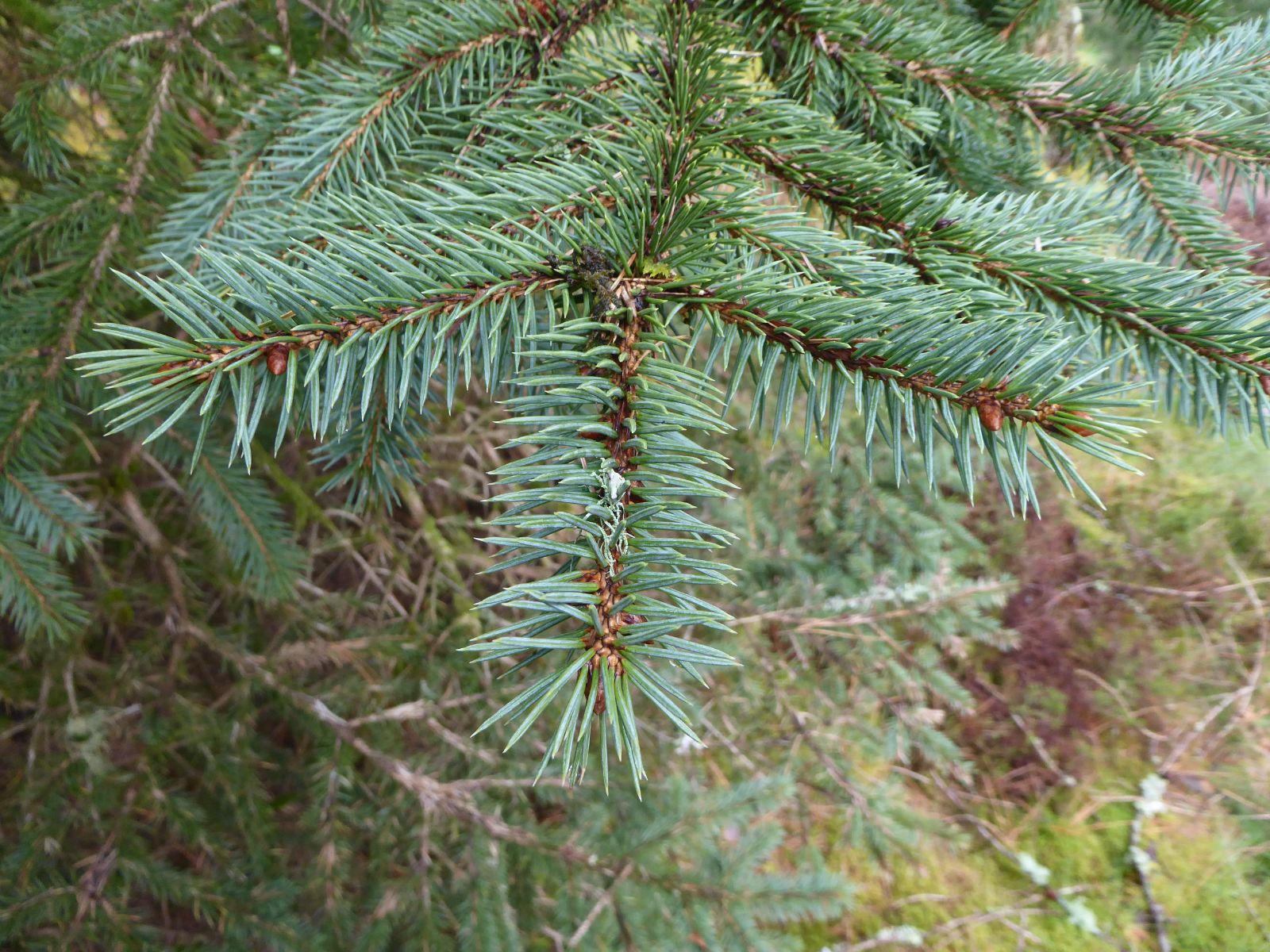Picea chihuahuana
Sponsor
Kindly sponsored by
This genus has been sponsored and new text is being prepared.
Credits
Article from Bean's Trees and Shrubs Hardy in the British Isles
Article from New Trees by John Grimshaw & Ross Bayton
Recommended citation
'Picea chihuahuana' from the website Trees and Shrubs Online (treesandshrubsonline.
Genus
Other taxa in genus
- Picea abies
- Picea alcoquiana
- Picea asperata
- Picea brachytyla
- Picea breweriana
- Picea crassifolia
- Picea engelmannii
- Picea farreri
- Picea glauca
- Picea glehnii
- Picea jezoensis
- Picea koraiensis
- Picea koyamae
- Picea likiangensis
- Picea linzhiensis
- Picea × lutzii
- Picea mariana
- Picea martinezii
- Picea maximowiczii
- Picea meyeri
- Picea morrisonicola
- Picea obovata
- Picea omorika
- Picea orientalis
- Picea polita
- Picea pungens
- Picea retroflexa
- Picea rubens
- Picea schrenkiana
- Picea sitchensis
- Picea smithiana
- Picea spinulosa
- Picea wilsonii
This Mexican species, discovered and described in 1942, is known only from a few scattered small stands in the states of Chihuahua, Durango and Nuevo Leon (the last discovered as late as 1981), at about 8,000 ft. Its leading characters are: branchlets glabrous; leaves quadrangular, with some stomata on all sides, more or less two-ranked, stiff and pungently pointed, about 3⁄4 in. long; cones cylindric, obtuse, chestnut-brown and glossy, 4 to 51⁄2 in. long; scales broadly obovate, 3⁄4 in. wide at the apex, which is entire.
The Chihuahua spruce is of considerable phytogeographical interest, being probably more closely allied to Asiatic species than to any of North America (and quite distinct from the other Mexican species, for which see under P. engelmannii in this supplement). It is in need of protection, since only in the Nuevo Leon stand does it reproduce itself and if this were to be destroyed its extinction in the wild would only be a matter of time. See further the article by Keith Rushforth in The Kew Magazine, Vol. 3(3), pp. 120–2 (1986). He collected seeds from the Nuevo Leon stand in 1984. The ecology of the Chihuahua spruce is discussed by A. G. Gordon in Ecology, Vol. 49, pp. 880–96 (1968).
From New Trees
Picea chihuahuana Martínez
Chihuahua Spruce
Tree to 45 m, 1–1.2 m dbh. Bark grey, smooth then scaly in young trees, becoming dark grey-brown and breaking into small, irregular plates in older trees. Crown pyramidal, becoming rather open and irregular in mature trees. Branchlets firm, pale yellow-brown to grey, glabrous, pulvini well developed; vegetative buds slightly resinous. Leaves dense, assurgent above, parted below, olive-green or glaucous blue-green, quadrangular in cross-section, 1.2–2.3(–2.8) × 0.1–0.18 cm, somewhat falcate, apex acuminate, sharp to the touch. Male strobili 1–1.5 cm long, yellow. Cones subterminal, solitary or in groups of two to four, sessile, cylindrical, (7–)10–12(–17) × 4–5 cm, bright green, shiny brown when mature, resinous. Seed scales opening wide at maturity, cuneate-flabellate, (1.8–)2–2.5 × 1.4–2.1 cm, margin entire, rounded. Seeds dark red-brown, ovoid to cuneate, 0.3–0.6 cm long, wings yellowish, ovate to oblong, 1–1.5 × 0.5–0.8 cm. Rushforth 1986, Patterson 1988, Farjon 1990. Distribution MEXICO: southwest Chihuahua, southern Durango, Nuevo León. Habitat North-facing mountain slopes between 2150 and 3200 m asl. USDA Hardiness Zone 6–7. Conservation status Endangered. This species occurs in a small number of widely distributed valley-bottom sites, with small population sizes (100–350 mature trees). Illustration Farjon 1990; NT564, NT565. Cross-references S363, K191. Taxonomic note Picea chihuahuana does not appear to be closely related to the other North American spruces (though see P. martinezii), but rather to Asian species such as P. smithiana and P. torano (Siebold ex K. Koch) Koehne (Rushforth 1986a).
Picea chihuahuana should rank as one of the most notable of recent tree introductions and promises to be a handsome and versatile species, tolerating both heat and cold. The finest specimen observed for New Trees grows in Fichtner-Mainwaring Park, Medford, Oregon and was about 7 m tall when seen in 2004, growing vigorously, with a perfect shape from its regular, densely clad branches. It was grown from seed collected in the early 1990s by Frank Callahan at about 2250 m, near Rio Otores, Chihuahua. The parent trees were over 30 m tall, with huge boles bearing very robust limbs (F. Callahan, pers. comm. 2004). In its exposed situation in Medford it gets full hot sun and no supplementary water but is gaining height at a rate of at least 75 cm per year, far exceeding the locally expected growth rate of the commonly planted P. pungens (F. Callahan, pers. comm. 2004). Close up, it is remarkable for its bristling, extremely sharp leaves that radiate around the noticeably thick branchlets; they have good glaucous colour, though are not as blue as the best P. pungens selections. Similar plants are found elsewhere in American collections, including a group of four flourishing trees of about 4.5 m (in 2006) seen at the Arnold Arboretum, that give a strong indication of how adaptable the species seems to be, tolerating temperatures ‘in the low tens °C below freezing’ (K. Rushforth, pers. comm. 2007). It is commercially available in the United States, and in New Zealand, but seems to be rather scarce in Europe, although J. Hjerting & S. Ødum 12 from Chihuahua in 1989 is established in the United Kingdom and Denmark. In several arboreta trees referable to P. martinezii are labelled P. chihuahuana (see the description of P. martinezii) but the true glaucous P. chihuahuana, with its stiffly radiating leaves, is rarer. The only specimen seen in the United Kingdom grows in Keith Rushforth’s wood in north Devon, where it seems to be thriving. This is certainly a species that should be grown more frequently.




